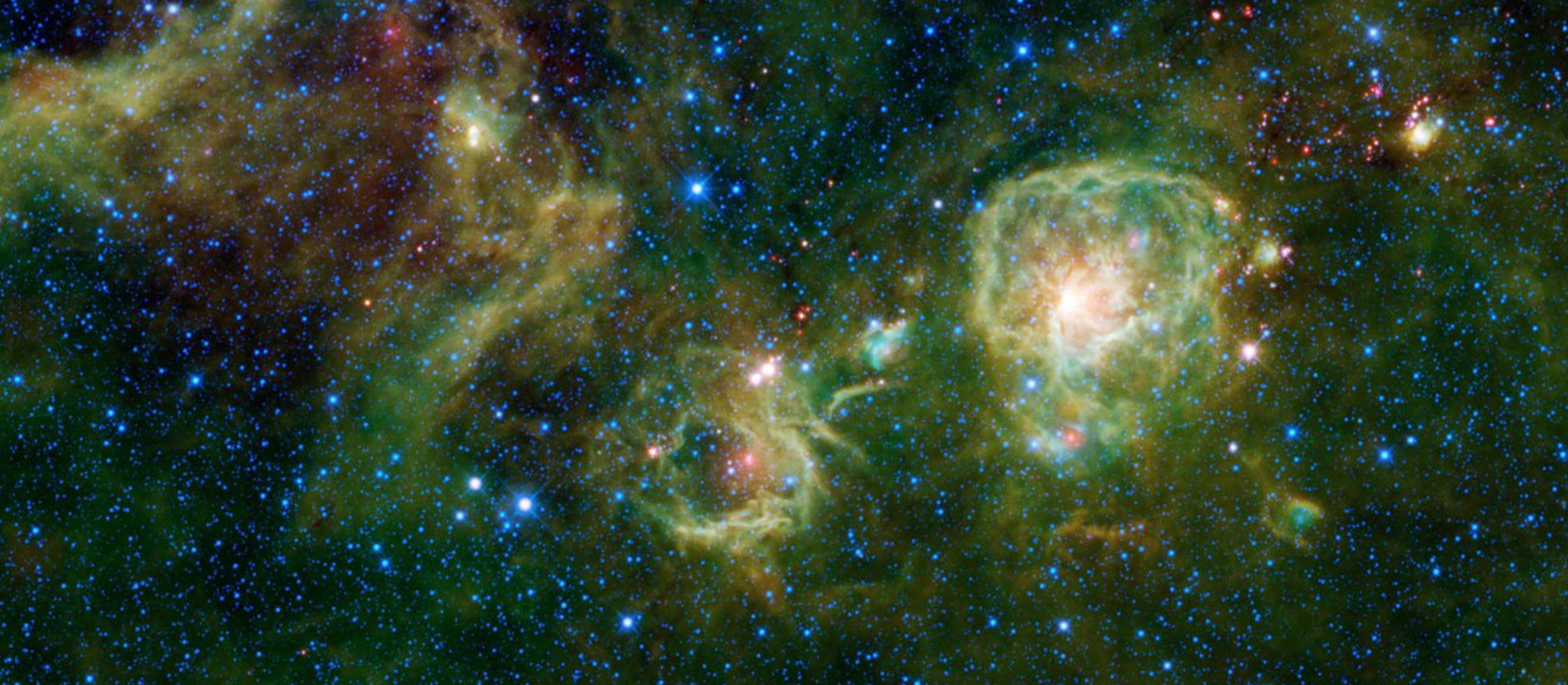Tsukuba Uchu Forum
102nd Uchu Forum

Massive star formation through molecular cloud collisions and triggered star-formation through feedback
Kazuhiro Shima
Kyoto University, Theoretical Astrophysics Group
Abstract
In recent years, molecular cloud collisions have attracted attention as the formation process of massive stars and massive clusters. Takahira et al (2014) conducted three-dimensional fluid simulations in which two molecular clouds collide, and reported that a high density turbulent core exceeding 100 solar masses is formed. However, the models did not take into account star formation and stellar feedback. When a massive star is formed, the physical state of the parent molecular cloud changes greatly due to the strong radiative feedback, and it is thought that the subsequent star formation will be affected. To treat this, we performed simulations with sink particles, adopted the star formation recipe of Takahira et al (2014), and employed the adaptive ray-tracing method to calculate radiation from massive stars. We will show simulation examples of features that are considered to be observational evidence for molecular cloud collisions, such as bubble structures, e.g. the Spizter Bubble, and bridge structures in PV diagrams. We also discuss the possibility of feedback-induced star formation with an example of star formation in a region affected by radiation from a massive star.



 和 英
和 英